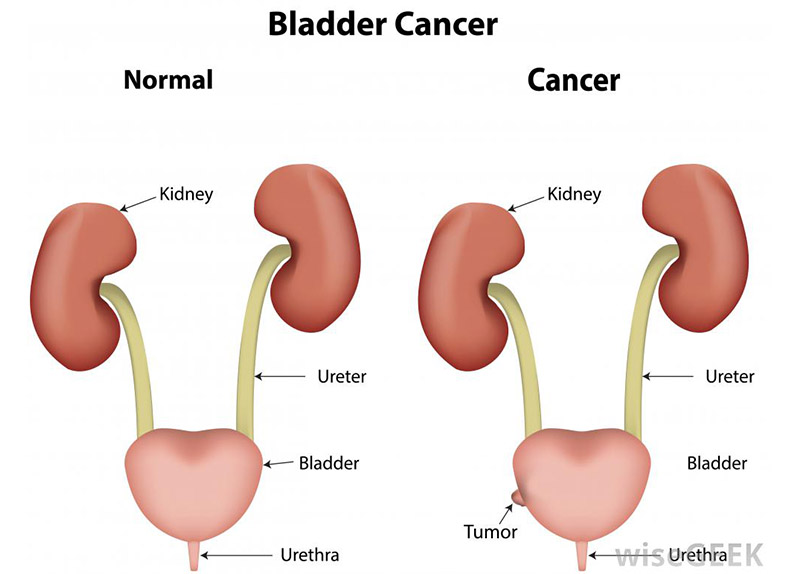An Overview of Transurethral Resection of the Bladder
An Overview of Transurethral Resection of the Bladder

Here we take a look at transurethral resection of the bladder (TURB or TURBT) – the procedure, recovery process and possible side effects.
A transurethral resection of the bladder – often abbreviated as TURB or TURBT – is a surgical procedure to either operate on or inspect the bladder, usually to diagnose bladder cancer or to remove cancerous tissue.
It is a relatively minor procedure that is usually the first treatment for the early stages of bladder cancer. It is a very effective way to treat bladder cancer in its early stages. Cystectomy is a more serious procedure to remove either part or all of the bladder.
The bladder is a muscular sac in the pelvis, about the size of a pear when empty with a capacity somewhere between 400 and 600ml when full. It receives urine from the kidneys and stores it for excretion. The urethra is the tube that carries urine from the bladder to the outside of the body.
Procedure
There are three reasons you may require a transurethral resection of the bladder: diagnosis, to examine and assess whether there are cancerous cells in the walls on the bladder; staging, to measure how progressed the cancer is; and treatment, to remove tumours inside the bladder walls.
A transurethral resection of the bladder involves a surgeon inserting an instrument called a resectoscope into the urethra to get a visual of the the bladder tissue and to cut way any cancerous tissue or tumours.
The surgeon will then use special instruments to cauterise any area of the bladder lining which were operating on order to reduce any bleeding.
Before the procedure patients are usually given a general anaesthetic. Spinal anaesthesia is also possible. Your anaesthetist and urologist will discuss this with you.

Recovery
Following the procedure, patients are taken to recovery and monitored closely; a catheter is usually placed into the urethra to help stop postoperative bleeding and to prevent blockage of the urethra.
The catheter will be removed once bleeding has stopped, which can take anywhere between 1-4 days. After that the patient will be able to return home.
During recovery patients are advised to drink lots of water to help flush out the bladder. Patients may feel the need to urinate more than usual after surgery, however, this should subside over time. Blood in the urine is common in the 2-3 weeks following the surgery.
Once home, patients are encouraged to stay active, although strenuous exercise, heavy lifting or excessive stair climbing is not recommended for at about 3 weeks. Driving is discouraged until the patient is feeling 100%.
Risks and Side Effects
There are a few risks involved with TURP, as with any surgical procedure, including bleeding and infection at the surgical site. Side effects include blood in the urine and the possibility of blood clots in the bladder which can block the urethra.
Transurethral Resection of the Bladder (TURB or TURBT) with Urology Specialist
Dr Arianayagam is an expert in the field urological cancer surgery, including robotic surgery, laparoscopic surgery, and transurethral resection of the bladder and transurethral resection of the prostate.
If you have any further questions about TURB or would like to book an appointment, please feel free to call, we’d be more than happy to help!

Protect Your Kidneys: Simple Habits for Better Health
Keeping your kidneys in shape is vital for reducing the risk of chronic disease. Check out some of our top…

Boost Your Urological Health with the Help of Technology
Check out some of the different technological tools you can adopt to care for your urological health. While we all…






